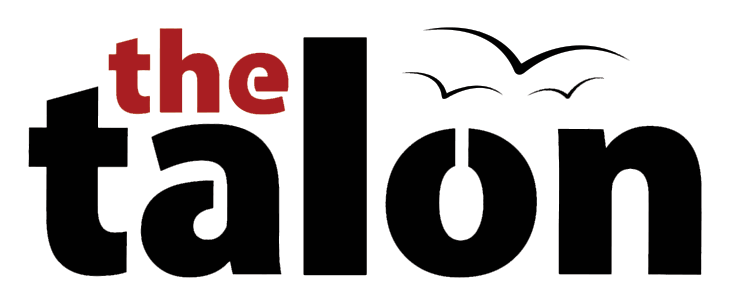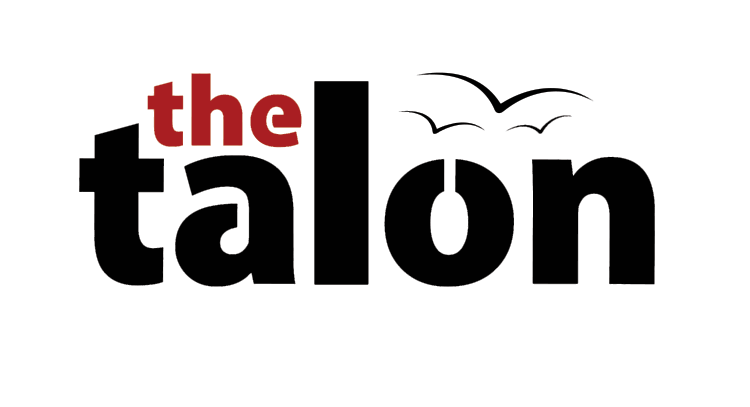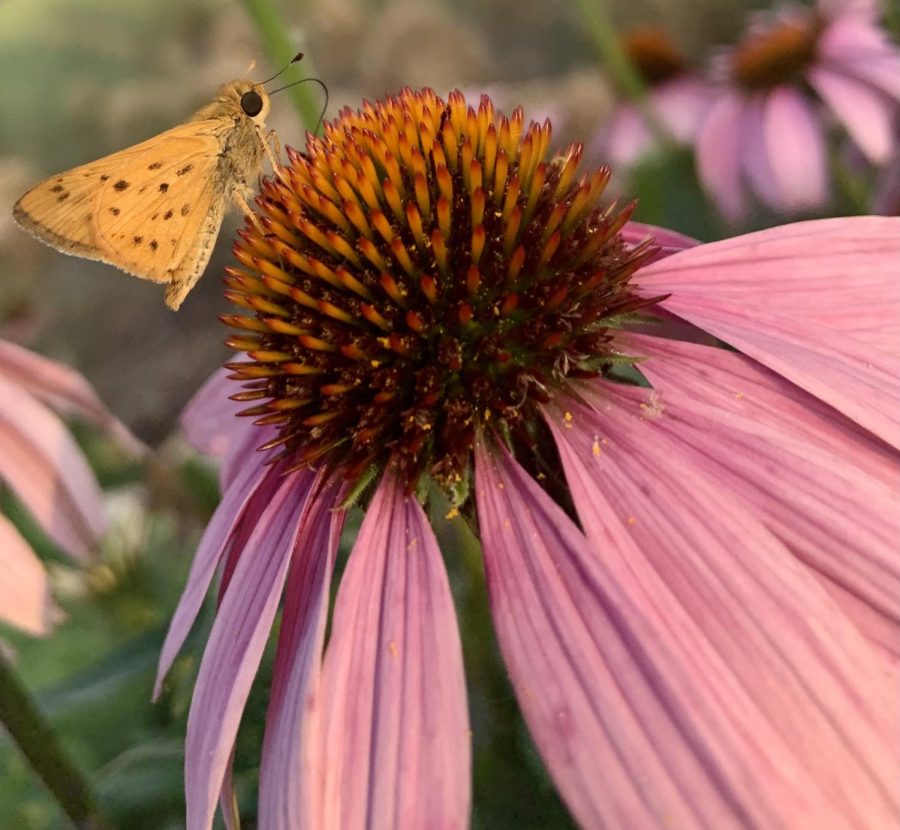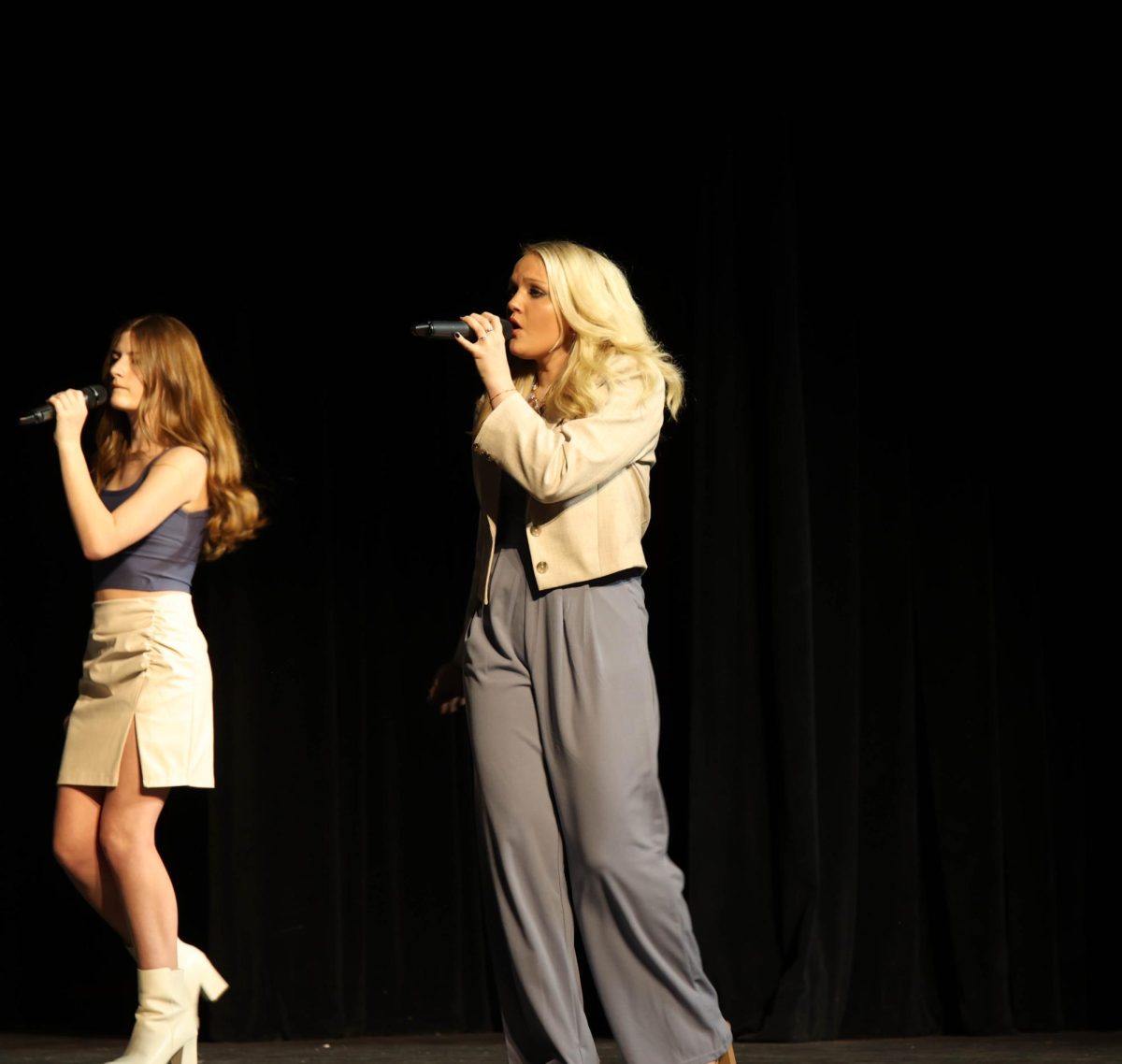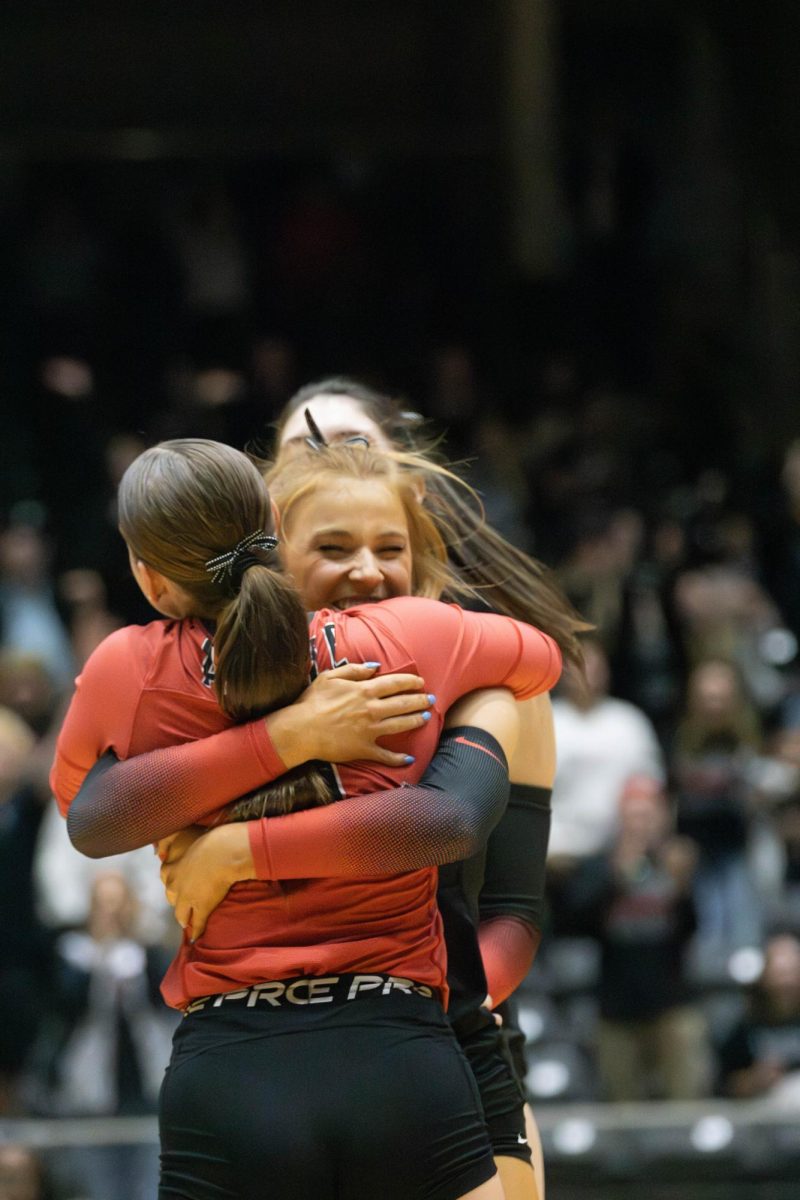It’s Time to Rehome Pollinators
Why Americans Need to Plant Natives
©The Talon News | Jonah Bird
A Butterfly sips on nectar from a Cone flower in Northlake Texas on June 9th, 2021.
March 8, 2023
Green, lush, manicured lawns. Gardens full of exotic, and invasive plants.
That is part of the American Dream, but now the country is facing the consequences of that dream. In the United States, insect, bird, and mammal populations have declined within 30 years. This is a result of issues including, habitat loss, environmental damage, and the introduction of invasive and exotic plants into the environment.
Scientists have been raising red flags about the decline of ecosystems, and species, but the usage of native plants can reverse the trend and support local wildlife.
Because of poor land management and the development of natural areas, in the past two decades, the U.S. has experienced a decrease in biodiversity, and a significant reduction in the bird, and insect populations. According to a 2019 study published in Science, the U.S. has lost three billion birds since 1970. The U.S. also has had a major decline in insect populations. For example, the beloved Monarch butterfly has been declared an endangered species in 2022. The reasons are habitat loss due to the loss of milkweeds, a flowering species that Monarchs depend on. It is the only plant that Monarchs will lay their eggs on, and can consume as caterpillars.
The trend of population loss is alarming because this can affect how ecosystems operate. When an ecosystem loses a species or even it becomes functionally extinct, this will cause other species’ populations to change. Such as a decline in predators, and or an increase in prey. This can negatively affect biodiversity and the long-term stability of an ecosystem.
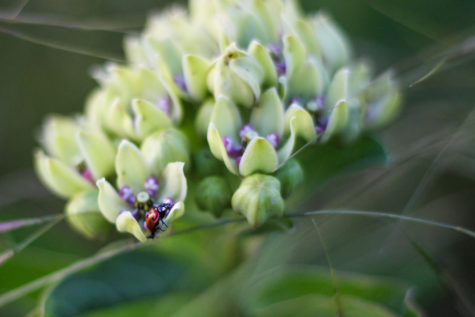
Native plants are very beneficial in the longer term, and to a homeowner’s wallet. In the United States, 9 billion gallons of water are spent on watering lawns daily. Natives require little to no water because due to the plants evolving in that region, they are well adapted to the climate and environment. They grow a strong, and deep root system, allowing them to collect ground water even during drought allowing them to stay lush and green. Local plants require little to no maintenance throughout their lives. These plants only need pruning during late winter or the removal of a weed. Also, they do not need any fertilization, doing so would cause them to overgrow, and become top-heavy.
Not only will homeowners get to experience the beauty of the colors in their gardens, but will get to experience the wildlife it brings. Animals always will choose local vegetation for food rather than non-natives. This is a result of the evolutionary relationship between plants and wildlife. The garden becomes more than just a piece of art, it transforms into an interactive art piece that benefits animals for food, shelter, and a place to raise their young.
HOAs will argue that native plants will ruin the character of the neighborhood, or that they are just noxious weeds, but that is not true. Some plants are considered weeds, due to the plant’s quick propagation in fields and properties during colonization, and because they were foreign to colonizers.
Homeowners can plant however they want, and in neighborhoods, gardens can take many shapes. Garden fanatics can choose a more radical stance of removing their entire lawn, as others prefer a more contemporary garden with turf yards. It is clear that local plants do not cause issues to neighborhood character or harm neighbors.
Organizations are advocating for the use of natives at the local, state, and national levels. Homeowners, governments, and companies across the country have been ripping up their lawns and planting local plants in their absence. These organizations offer a chance to learn more about the local wildlife and plants, and how to get directly involved with conservation and gardening. A great learning resource is Lady Bird Johnson Wildlife Center, other organizations that advocate for the usage of native plants are the Native Plant Society of Texas, and nationally the North American Native Plant Society. Now it is the responsibility that landowners to take action to reverse the decline of the natural world and start planting locally.
